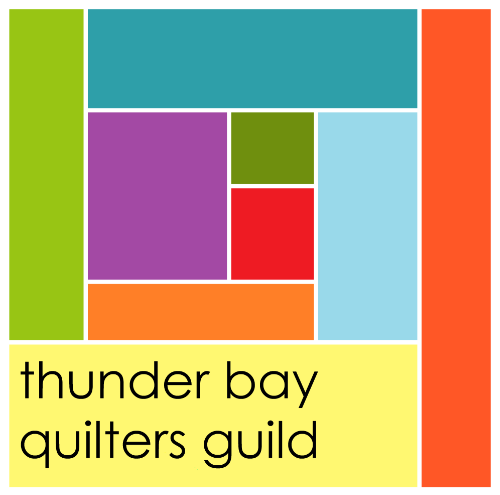Posts
A fidget quilt is a small quilt (similar to a large placemat) with a variety of textures and movable parts to provide stimulation and reduce anxiety for fidgeting hands. A single fidget is a smaller item (similar to a pot holder) with one activity. Each year, the guild members make many fidgets, but the Long Term Care facilities in town are constantly asking us for more fidgets because they are so popular! A fidget quilt is meant to sit on a lap or a wheelchair tray, so think about this when deciding on what size you will make. Common sizes … Read more
A single fidget is much smaller than a fidget quilt and has only one or two activities. Any of the ideas for a fidget quilt could be used to make a single fidget, but marble mazes and taggy blankets are very popular. Single Fidgets do not need a Guild label. These are about 7” in size and contain elements that the maker knew would be safe for the recipient. Marble Maze A marble maze can be made from any fabric, an orphan block or polar fleece. Fleece is easy to work with and doesn’t need a finished edge because it … Read more
Use TNT, the “Top Notch Ten” or “Ten Nifty Tips” to play around with your quilt pattern. #10 – Adjust the number of rows or blocks#9 – Add borders#8 – Use sashing#7 – Use framing#6 – Add a header/footer row#5 – Use only part of a quilt pattern#4 – Use diagonal layout and setting squares#3 – Add spacers#2 – Adjust block size.#1 – Adjust the pattern layout. Why would you use TNT? You could use one or more TNT techniques to adjust the top to fit your desired sizing. You could use TNT to give a pattern a twist and … Read more
Submitted by Cindy Cockell I don’t do the stitch in the ditch on the top outer border when I’m quilting (that’s done in my step 4) HINT: If you have a really wide quilt do the hanging sleeve in 2 or 3 pieces leaving an inch or two gap between each so you can hook it to several hangers along the top instead of just at each end. It will hang better.
Submitted by Cindy Cockell You can use this method to sew on your binding completely by machine. I use 2 ½” binding. Sew it on as you normally would i.e. to the right side of the quilt. The only difference is that the seam allowance is less that if you were hand sewing. On my machine I set my needle position to about .5 (that’s a bit under 3/8”). I do a test first to make sure the width is correct. When you fold the binding over it, the seam allowance should fill it completely. If you are doing hand … Read more
Submitted by Cindy Cockell Do you ever wonder what width your borders should be? I had a friend call me a few weeks ago and ask me the question. She was finishing a UFO from a Patchworks class and couldn’t remember what size the borders should be. So I suggested what sizes to use. Then the other day I got a Jinny Beyer newsletter and she was talking about it (mainly to sell a new tool). So I thought it might be of interest to some of our newer quilters. There is a Golden Ratio that exists in nature and … Read more
Submitted by Cindy Cockell I cut my binding 2 ½”. Leave a tail at the beginning about 8”-10”. Sew the binding all the way around and stop about 8”-10” from the end. Take the quilt out of the machine. Note: I sew my binding with my needle in position 4 (5/16” wide, or half way between ¼” and 3/8”). When you wrap the binding around to the seam line at the back it should be full of batting and no gaps. Find the perfect width on your machine by trying different settings. Overlap the two ends the distance = the … Read more
Submitted by Cindy Cockell The border measurement is the width or length of the quilt plus twice the width of the border plus 2” grace. One thing to remember when cutting… you must cut the borders on the same stripes. You must also sew the same stripe edge to the quilt on all 4 sides. Sew along one side, letting it overhang the width of the border + 1”. Stop sewing ¼” from each end (I backstitch each end). Press to border. Sew the second side on in a similar manner, stopping a ¼” from the end of the quilt … Read more
